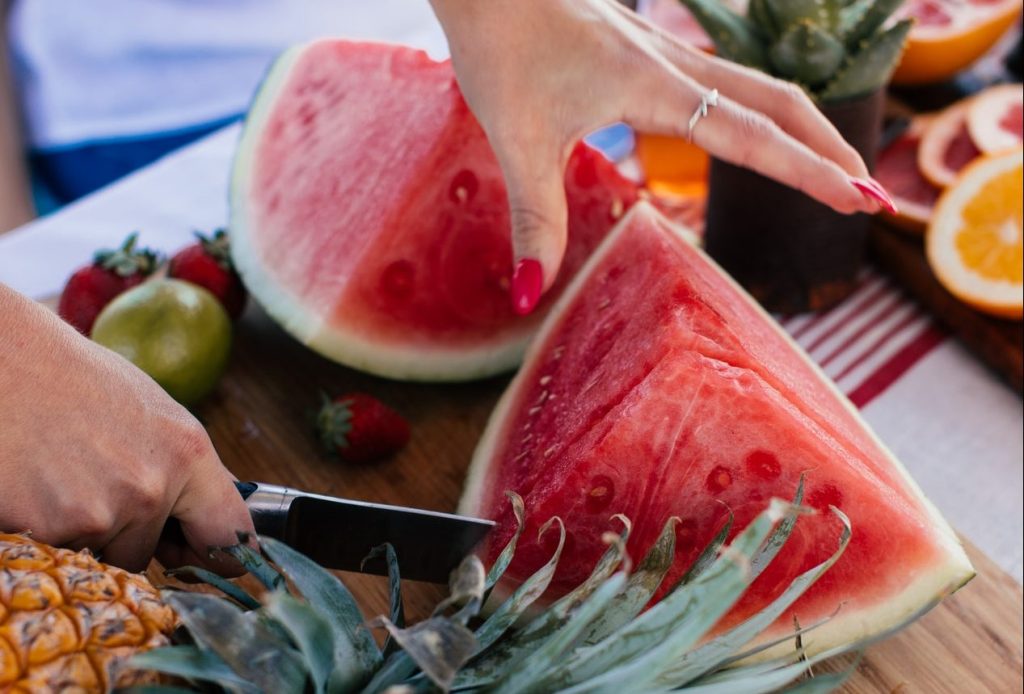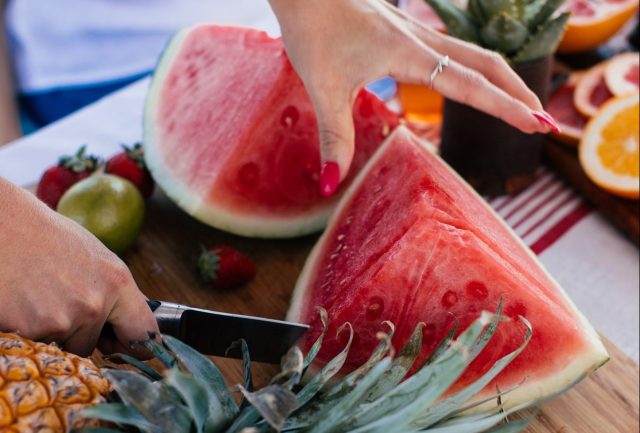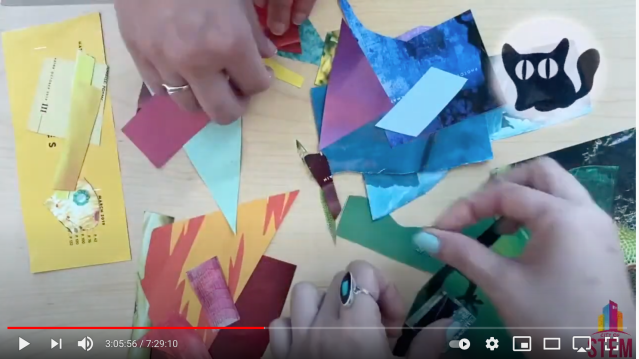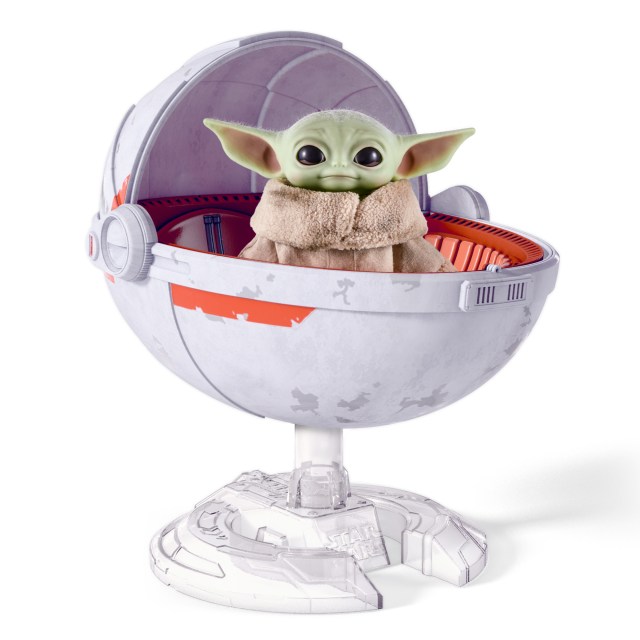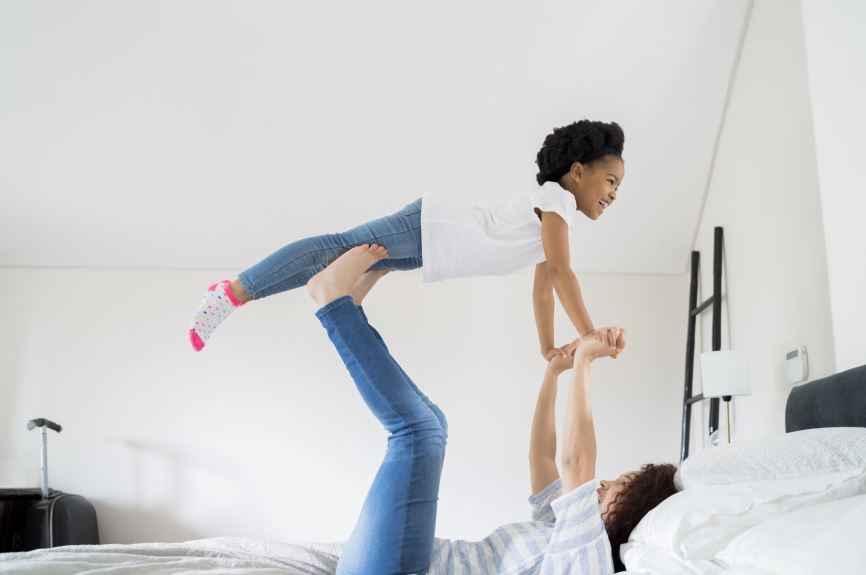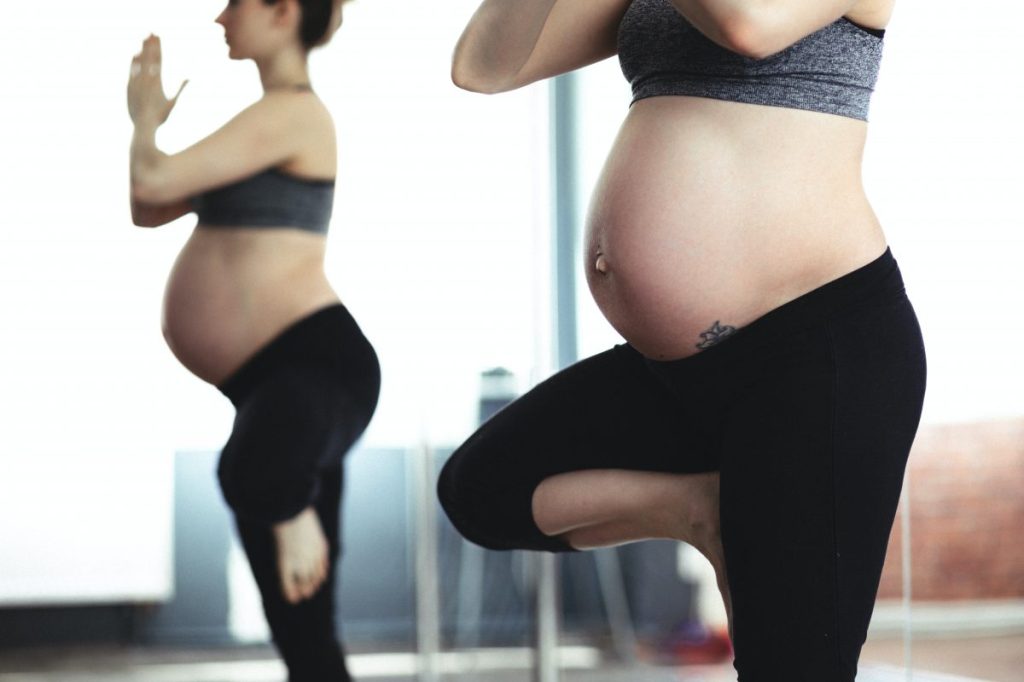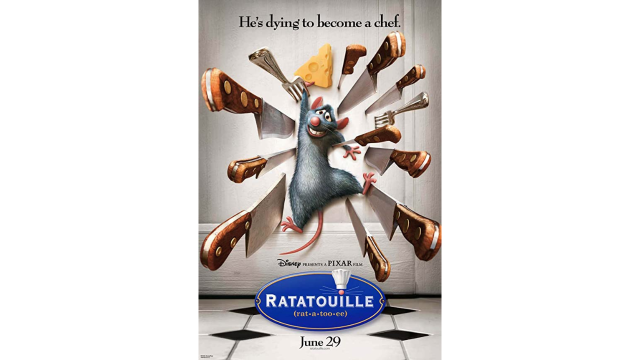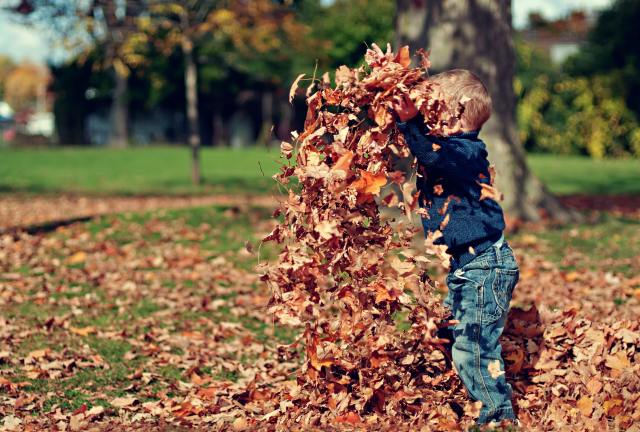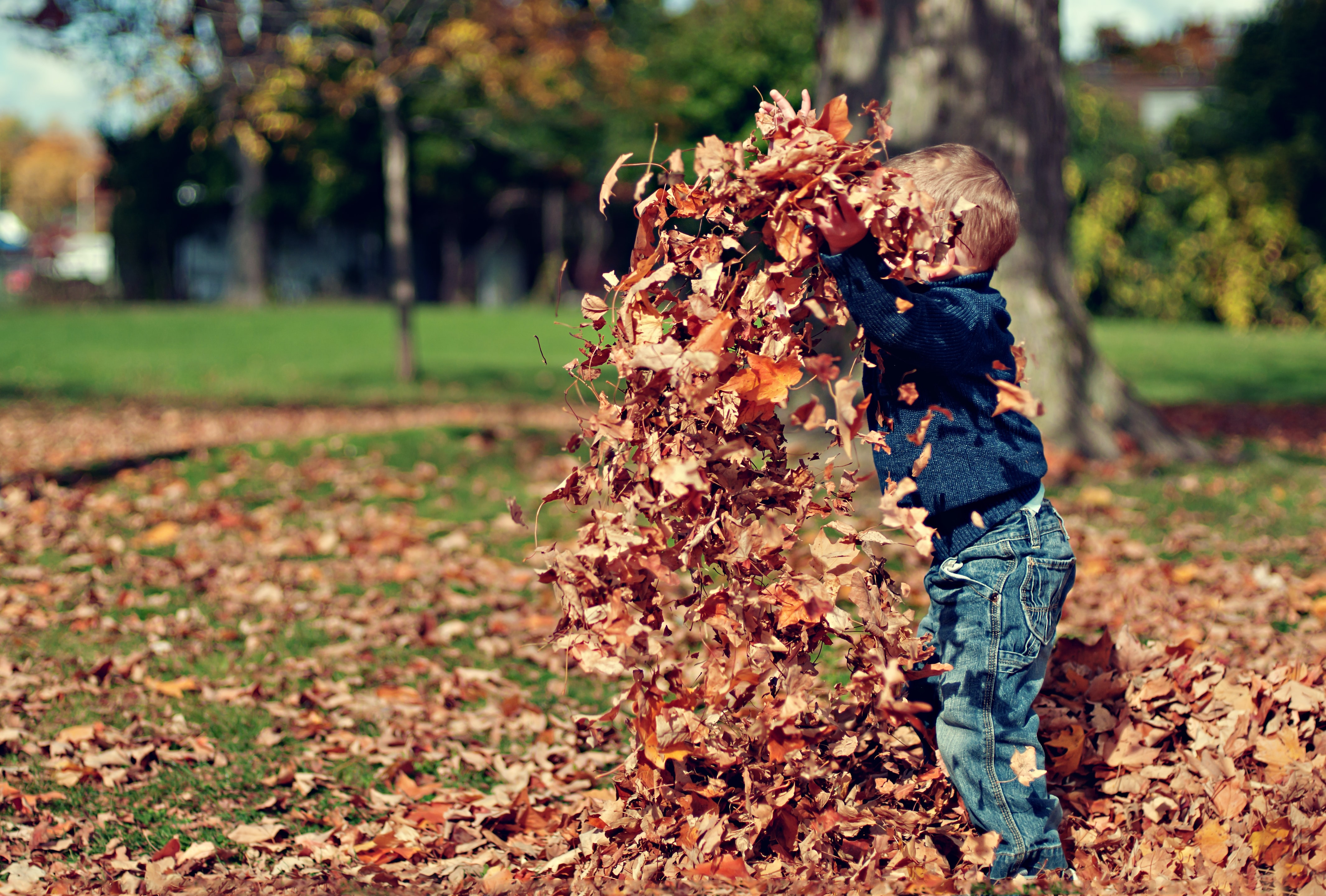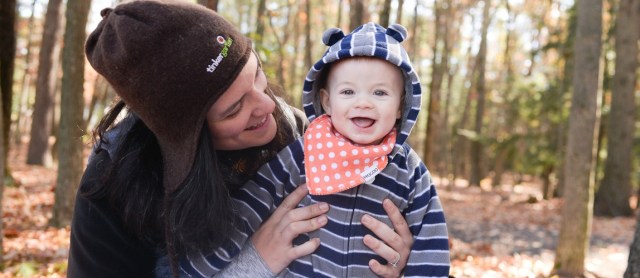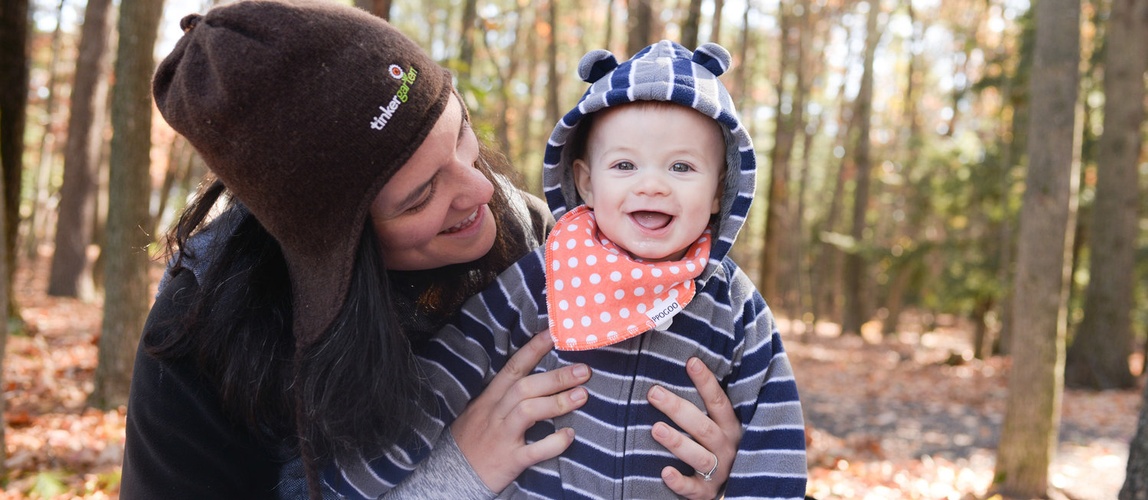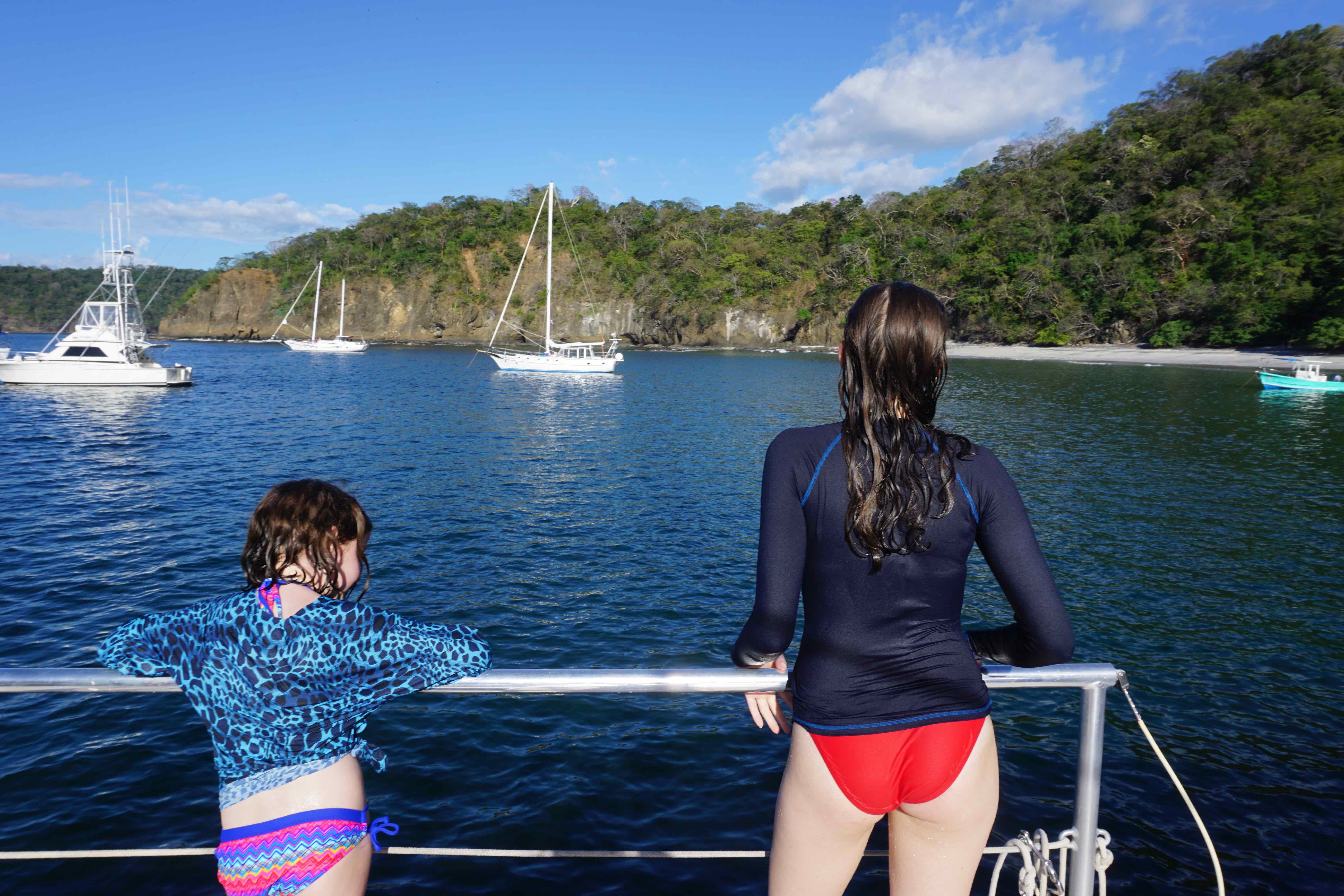
Photo: Natalie Silverstein (personal photo)
My oldest child is graduating from high school this month. At age 18, she is considered an adult and mostly exhibits a maturity that will serve her well in college next Fall. I hope we’ve done a good job raising her, that we’ve given her the tools she’ll need to be happy, to make a positive impact on the world, to take care of herself. It goes without saying, but I’ll say it anyway—the time has gone by much too quickly.
My youngest child is eleven years old, and is solidly in her pre-pubescent “tween” phase. She is funny, a little moody, confident. She’s a resilient, easy-going youngest child who has had the benefit of birth order: older siblings to emulate and experienced, calmer parents who sort of know what they are doing, most of the time.
These two girls, born seven years apart (with a brother wedged in between), represent the book ends of our parenting journey. Every milestone that one experiences reflects either a bittersweet memory of the past or a foreshadowing of the future. Navigating the intricacies of these two very distinct stages, simultaneously, is as interesting as it is exhausting.
Our first time down this road, our older daughter mastered every rite of passage while I stumbled along beside her, trying to keep up. She weathered the tumultuous phases of puberty, handled mean girls, figured out social media, successfully completed the college placement process, met her first boyfriend, and created a social life, complete with parties, drinking and pushing the boundaries of curfew. Together, we’ve managed to survive these years relatively unscathed, although I assure you there have been tears, tantrums and raised voices (hers and ours) along the way. Parenting a teen, and being one these days, is not for the weak of spirit. Overall, it’s been a pleasure raising her and we’ve enjoyed a closeness that we’ll surely miss when she leaves home. I’ll call this part of the journey a success and hold my breath until college move-in day in September.
Meanwhile, during these waning days of Senior Spring, our younger daughter has started blossoming into a “tween”, straddling that very fine line between child and teenager. She still sleeps with her beloved blanket and stuffed animals, but begged for a phone so she could text friends. She follows memes and YouTube celebrities but still enjoys cartoons. When we drive through New York City and she spots a mounted police officer through the car window, I’ll hear her whisper softly, “horsie”. She asks me (or my husband, or one of her siblings) to lie in bed with her for a few minutes each night as she drifts off to sleep. She’s still – luckily, mercifully – very much a little girl, but I know these days are strictly numbered.
While watching the little one on stage during a tap recital, the same recital her older sister performed in many times at the same age, it’s impossible not to feel the passage of time. We stand in the theater courtyard after the show, taking the same posed photographs we’ve always taken, and it’s like Ground Hog Day. It’s such a bittersweet joy to enjoy these moments, knowing that as quickly as the time has passed since my big girl clutched the bouquet in this spot, the coming years will fly by, as well. And I’ll still be standing here holding the camera.
The younger child will certainly benefit from the fact that her sister has blazed many trails before her, leaving behind a little scorched earth and plenty of collective earned wisdom. The onset of puberty won’t feel so overwhelming, the changes in her body won’t feel so scary and permanent as she’ll recall her sisters’ transformation from girl to woman. She’ll understand that all of the friendships that seem so important in this moment may not last – but the special ones, the people who earn her trust and care about her feelings, will. She’ll know that the “B-” in that all-important class really doesn’t matter in the grand scheme of things, and everything truly does work out for the best in the college process. Maybe, if we’re lucky, she’ll appreciate that the advice we give her, on these issues and so many others, may actually have a little merit.
Of course, I’m a different parent now than I was eight years ago. Mistakes were certainly made along the way, and I hope I’ve learned from them. I could have been more patient, I could have listened more and lectured less. My oldest and I were breaking each other in, testing, challenging, figuring out the map together. She was a worthy companion and teacher. I’m grateful to her for the lessons, for making me a better parent for her brother and sister.
When I stand at pre-prom, senior dinner and graduation this year, as overwhelming as it will be to watch her experience these milestones, I’m sure I’ll see tiny flashes of her little sister moving through these scenes someday, too soon. Present, past and future, all dancing around each other, reminding me to slow down, lower the camera, look, listen and savor. The journey will of course continue, through all the many phases and stages yet to come, each with their own unique memories to be made, and cherished.
Natalie Silverstein, MPH, is the NYC coordinator of Doing Good Together. She is a writer, speaker and consultant on the topic of family service. Her first book Simple Acts: The Busy Family's Guide to Giving Back was published in 2019 and her second book for teens will be published in 2022.
